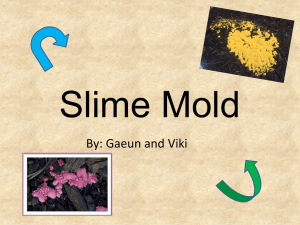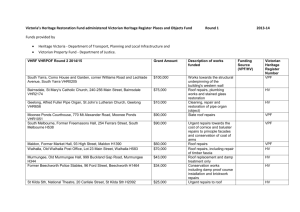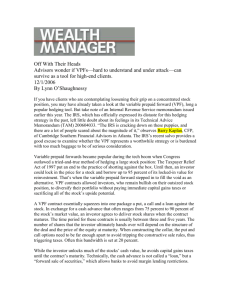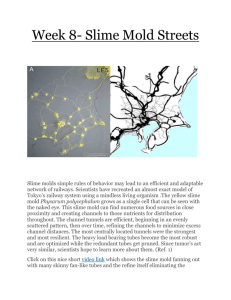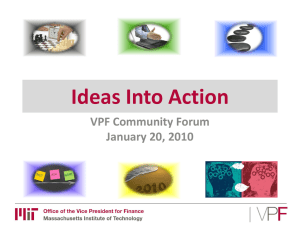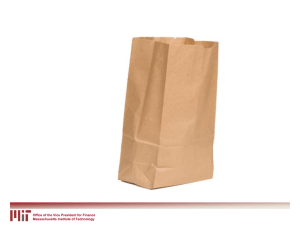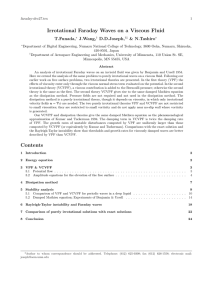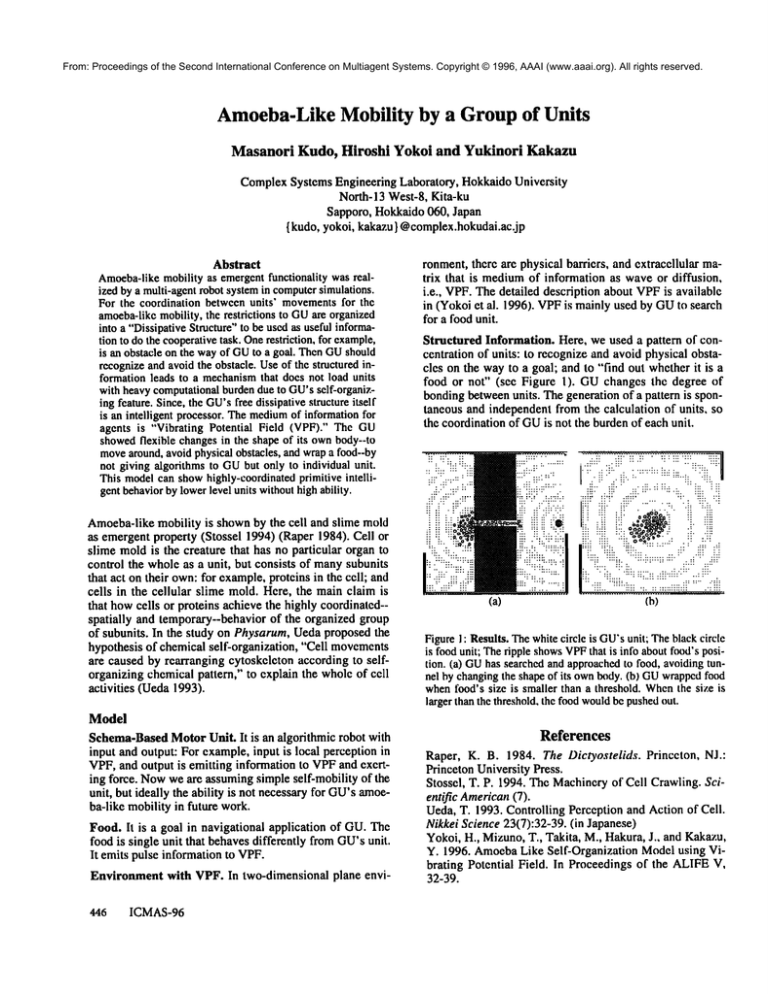
From: Proceedings of the Second International Conference on Multiagent Systems. Copyright © 1996, AAAI (www.aaai.org). All rights reserved.
Amoeba-LikeMobility by a Groupof Units
Masanori
Kudo, Hiroshi
Yokoi and Yukinori
Kakazu
ComplexSystems Engineering Laboratory, HokkaidoUniversity
North- 13 West-8, Kita-ku
Sapporo, Hokkaido060, Japan
{ kudo, yokoi, kakazu } @complex.hokudai.ac.jp
Abstract
Amoeba-like
mobility as emergentfunctionality was realized by a multi-agentrobot systemin computersimulations.
For the coordination betweenunits" movements
for the
amoeba-likemobility, the restrictions to GUare organized
into a "DissipativeStructure"to be used as useful information to dothe cooperativetask. Onerestriction, for example,
is an obstacle on the wayof GUto a goal. ThenGUshould
recognizeandavoid the obstacle. Useof the structured informationleads to a mechanism
that does not load units
with heavycomputationalburdendue to GU’sself-organizing feature. Since,the GU’sfree dissipativestructureitself
is an intelligent processor.Themedium
of informationfor
agents is "Vibrating Potential Field (VPF)." The
showedflexible changesin the shapeof its ownbody--to
movearound,avoid physical obstacles, and wrapa food--by
not giving algorithmsto GUbut only to individual unit.
This modelcan showhighly-coordinatedprimitive intelligent behaviorby lowerlevel units withouthighability.
ronment,there are physical barriers, and cxtracellular matrix that is mediumof information as waveor diffusion,
i.e., VPF.The detailed description about VPFis available
in (Yokoi et al. 1996). VPFis mainlyused by GUto search
for a food unit.
Structured Information. Here, we used a pattern of concentration of units: to recognize and avoid physical obstacles on the way to a goal; and to "find out whetherit is a
food or not" (sec Figure 1). GUchanges the degree
bondingbetweenunits. The generation of a pattern is spontaneous and independent from the calculation of units, so
the coordination of GUis not the burdenof each unit.
.... . ::..
::
:!:!:~:..
.::. ¯ ....:: :
¯ - ::" ...: i:
.i!" :i" .:::::
Amoeba-likemobility is shownby the cell and slime mold
as emergent property (Stossel 1994) (Raper 1984). Cell
slime mold is the creature that has no particular organ to
control the wholeas a unit, but consists of manysubunits
that act on their own:for example,proteins in the cell; and
cells in the cellular slime mold. Here, the main claim is
that howcells or proteins achieve the highly coordinated-spatially and temporary-behavior of the organized group
of subunits. In the study on Physarura, Uedaproposed the
hypothesis of chemical sell-organization, "Cell movements
are caused by rearranging cytoskclcton according to selforganizing chemical pattern," to explain the whole of cell
activities (Ueda1993).
i iiioi
:!....
.:: ....
:::
(a)
Figurei ; Results.Thewhitecircle is GU’sunit; Theblackcircle
is foodunit; Theripple showsVPFthat is info aboutfood’sposition. (a) GUhas searchedand approachedto food, avoidingtunnel by changingthe shapeof its owni~dy. (b) GUwrappedfood
whenfood’s size is smaller than a threshold. Whenthe size is
larger than the threshold,the foodwouldbc pushedout.
Model
Schema-BasedMotor Unit. It is an algorithmic robot with
input and output: For example,input is local perception in
VPF,and output is emitting information to VPFand exerting force. Nowwe are assumingsimple self-mobility of the
unit, but ideally the ability is not necessary for GU’samoeba-like mobility in future work.
Food. It is a goal in navigational application of GU.The
food is single unit that behavesdifferently from GU’sunit.
It emits pulse information to VPF.
Environmentwith VPF. In two-dimensional plane envi446
ICMAS-96
References
Raper, K. B. 1984. The Dictyostelids. Princeton, NJ.:
Princeton University Press.
Stosscl, T. P. 1994. Thc Machineryof Cell Crawling. Scientific American(7).
Ueda, T. 1993. Controlling Perception and Action of Cell.
Nikkei Science 23(7):32-39. (in Japanese)
Yokoi, H., Mizuno,T., Takita, M., Hakura, J., and Kakazu,
Y. 1996. AmoebaLike Self-Organization Modelusing Vibrating Potential Field. In Proceedings of the ALIFEV,
32-39.


